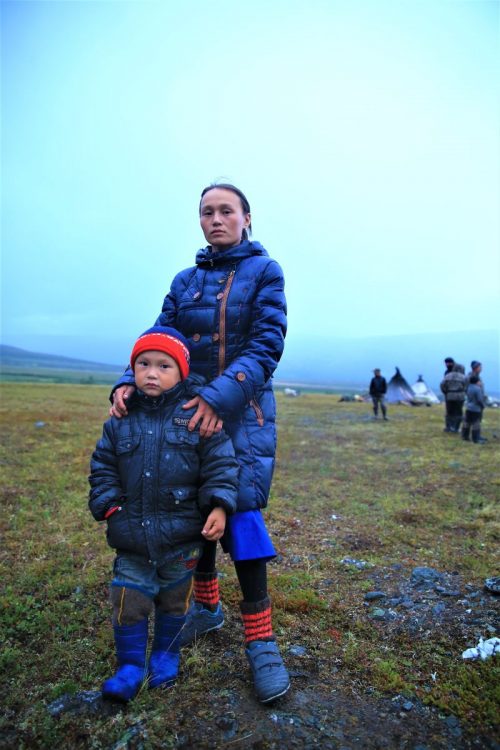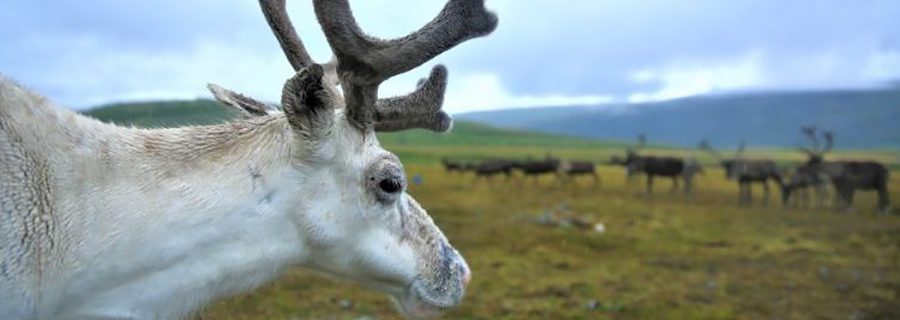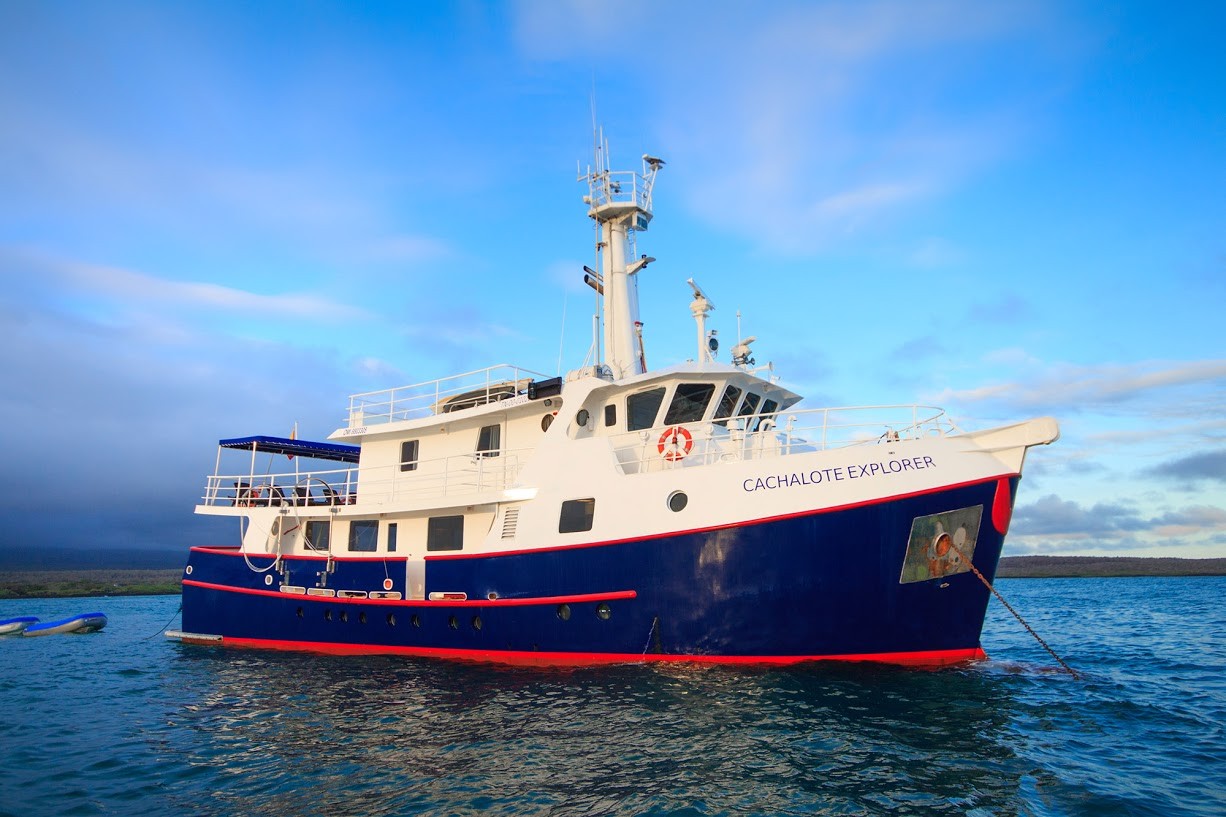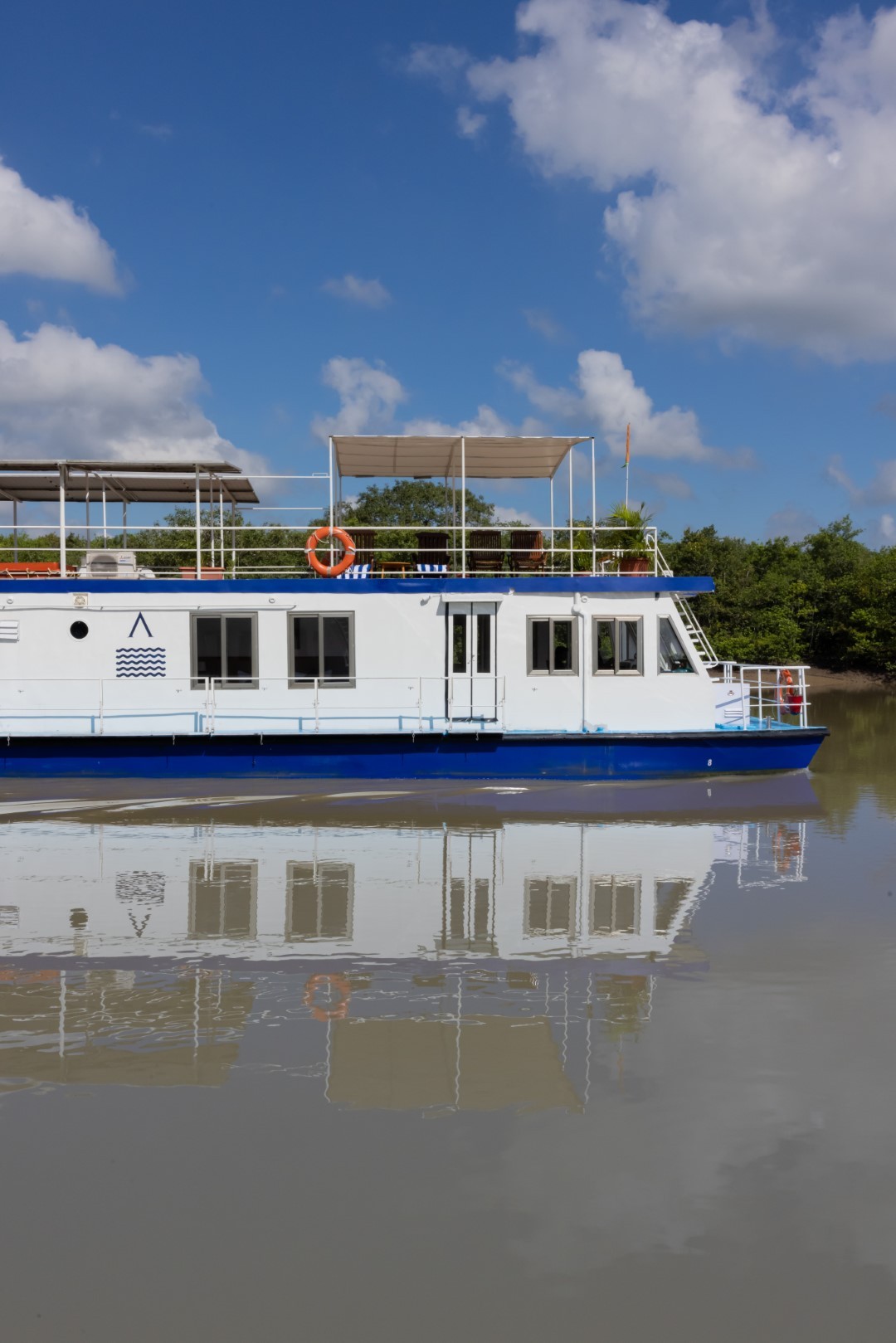Original blog post featured on The Journal by Intrepid, by Catherine Marshall.
The Nenets have set up camp for us high above the Arctic Circle. They’ve raised the poles and rolled out the canvas, laid down reindeer pelts and stacked firewood inside the stove in preparation for our arrival. Now they wait, tending their herds and weaving lassos, living out their peripatetic lives much as they have for eons on this far-distant Siberian tundra.
A few hundred kilometres to the south, we’re lumbering across this sodden landscape to meet them. This is the final leg of a days’ long journey that begins in St Petersburg where we board the transpolar rail service to Salekhard – the only city in the world to sit directly on the Arctic Circle’s 66th parallel. Built by prisoners condemned to the gulag, Stalin’s railway passes through an ever-changing landscape of heather-cloaked pastures and industrial cityscapes, ramshackle farmhouses and coniferous taiga forests rimmed by the Ural Mountains. The line stops abruptly at the River Ob – frozen solid in winter, flowing thick now like molasses and flanked by men fishing for pike.

To the north lies the Yamal-Nenets Autonomous Okrug, a peninsula sticking like a tongue into the Kara Sea. The herders – one of the world’s last remaining traditional cultures – spend their summers migrating to the most northerly tip of this headland; come winter, they drift southwards, setting up camp in deep beds of snow, exchanging the summer canvas and felt of their chums (tents) for stitched-together reindeer hides.
It’s nearing the end of summer now as we rattle out of Salekhard in a giant-tyred swamp buggy, take the ferry across the River Ob and press northwards into unknown territory. There’s metaphor in this journey, for as we close on the Nenets with their ancient culture, so we shake off civilization as though returning to the past. Modern structures lose their relevance and become anachronistic: paved roads morph into gravel and then disappear into the mire. Splintered bridges that have conveyed us across waterways disappear into memory so that our vehicle must surge directly through shallow rivers in order to get us to the other side. Even the railway line stretching into the peninsula’s vast gas fields – a source of contention and a threat to the Nenets’ way of life – is soon lost to the horizon. We’re moving tiny and insignificant across this enormous sponge that is the tundra.
It’s almost nightfall when we see the spires of a Russian Orthodox Church arising from the gloom. This wooden church stands at the centre of the Land of Hope – a permanent settlement where the Nenets gather periodically and where many of their children attend a nomads’ school. It seems misplaced, this place of worship, filled as it is with brightly painted religious iconography amid a camp of Indigenous chums. It signifies at once both the reclaiming of religion after communism outlawed it, and the dilution of the Nenets closely-guarded shamanistic beliefs. But still their rituals prevail: offerings can be seen piled up on rocks along migration routes, appeasements to their gods.
It’s cool out here in this damp, exposed environment, but though smoke curls from the tip of our chum and fire warms its interior, we’re attacked by omnipresent tundra mosquitoes. Summer is the worst season, a teenage Nenets boy will tell me later, his eyes shining at the memory of minus 40-degree winters; he can’t bear this summer pestilence.

Fortified next morning with a breakfast of fish soup and belyashi, bread rolls stuffed with pork, we press northwards. The transitional forest thins out as we advance along the steppe; if we could see ourselves from above we’d observe a landscape mottled and mouldy and eaten away by threadworm-shaped rivers and lakes of ice blue. Our Nenets driver must find his way by instinct and memory: there’s no road here, just the marshland feathered in mosses of yellow and green, and speckled with wild blueberries and orange cloudberries and sedge flowers spinning like snowflakes on their stems.
It’s late afternoon when finally the Nenets’ campsite appears, four chums spaced apart in pairs on the immense and empty plain. Though they’ve prepared for our arrival, these nomads are shy of our presence. A young woman emerges timidly from within the folds of a chum and beckons us inside. Adjusting to the gloom, my eyes make out a stove in the centre of the space, reindeer pelts spread around it directly on the tundra and rich fabrics lining the tent walls.

Outside, a wall of fuzzy antlers and dewy black eyes and sweating rumps is bearing down upon the camp: the herd, driven on by Samoyed dogs and their masters riding on sleds. The reindeer’s music fills the air, the hypnotic click-clacking of so many thousands of dewclaws. These animals’ wild ancestors roamed this peninsula from the beginning of time, following ancient migratory routes, searching for lush tundra in summer and places from which to scrape back the snow to reveal nourishing lichen when winter set in. Now domesticated, these herds are their owners’ wealth and their sustenance.
Rain is falling gently next morning as the men separate a reindeer from the herd. They offer thanks for her life, slip a rope around her neck and tighten it until she collapses. Slicing open her neck, one of them ties the artery to preserve her blood, a precious commodity. In swift, practiced movements the men skin the beast, remove her entrails and eat slices of liver dipped into the blood pooling in her abdominal cavity. Shielded until now from this heartrending slaughter, the women and children join in the feast.

This reindeer will feed a family for three months, we learn that night as we dine on reindeer stew and salted fish inside one of the family’s chums. This living space illuminates the simplicity of the Nenets’ way of life, its utilitarian objects – bedding, stove, utensils – and a small television set, powered by a satellite dish that’s attached incongruously to the tent outside. Through a translator we learn of the less tangible elements of their lifestyle, of marriage and burial rituals, of the Russian names they’re known by and the Nenets names they keep secret, of their relationship with the northern lights. If you yell or whistle loudly, tradition says, they will shine more brightly.
We see the northern lights ourselves after bidding the Nenets farewell. We’ve trundled slowly back across the corrugated tundra to the Land of Hope – a journey that’s swifter for the Nenets in winter when snow cloaks the permafrost and they can exchange their summer sleds for snowmobiles. We’ve laboured onwards to Salekhard and we’ve seen, in the early hours of the morning, the faint splash of green staining the sky. But already we’ve forgotten the lesson the Nenets taught us, that we should shout at the light so that it shines more brightly. Instead we stare up at it, dumbstruck, until it fades into obscurity.
Interested in an adventure like this? Find out more about Intrepid’s incredible 15-day expedition to meet Siberia’s reindeer herders here.
All photos by Catherine Marshall.






